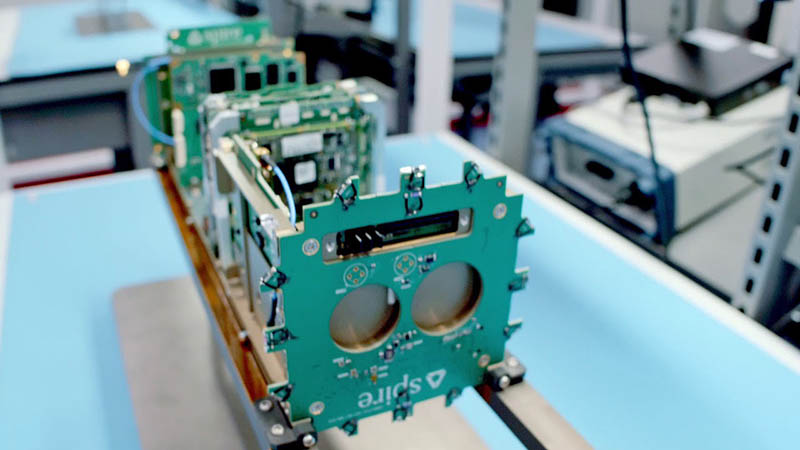6 January 2019 || 3 minute read
Title image is Yutu-2 (literally: “Jade Rabbit-2”) driving away from the Chang’e-4 lander.
That other nations have chosen to not do this should not diminish China’s achievement. But equally, it shouldn’t diminish the achievements of other. Whilst China was landing on the moon, NASA was conducting humanity’s most distant ever exploration, with New Horizons at the snowman shaped Ultima Thule. At the same time NASA were inserting a spacecraft, OSIRIS-REx, into orbit about the smallest asteroid ever, Bennu. Meanwhile, BepiColombo, the joint European / Japanese mission is showcasing a mastery of navigation on-route to Mercury with the most complex and challenging flight-path ever.
Missions such as these show the value of robotic spaceflight, its ability to grab headlines, and to inspire the next generation of engineers and scientists.
But, these missions punctuate the public conciseness all too infrequently, with space often portrayed as a luxury, an indulgence, as geopolitics (which it sometimes is), or worse still, as science the general public couldn’t understand.
In a time of fake-news and fake-experts, it’s vital that the value of science is well-communicated, and frequently. Not only does society benefit from such mission, it also pays for them. And that space is a fundamental enabler of our way of life is as indisputable as the success of the Chang’e-4 landing.
The EU’s Earth observation Copernicus Programme provides invaluable on-going insights to our climate, our planet’s health, and our global economy. Among other things, it provided the first insights to the cause of the tsunami in Indonesia’s Sunda Strait 3-days before Christmas that killed, at least, 437 people.
Space has a unique ability to bring nations and people together. Chang’e-4 is carrying a science instrument built here in Europe by Kiel University. Meanwhile, the Copernicus Programme together with the EU’s Galileo navigation system show the scale of what is possible through deep international partnership, and that no one member, or ex-member, of the EU could fully replicate.
Space is also a place for business, and an engine for economic growth. On Thursday morning, shares in Chinese aerospace (& military) companies rose to the daily limit of 10% on the success of Chang’e-4. Meanwhile private investment into the space sector shows no sign of slowing down, not just in Europe, the US, and Japan. The Chinese rocket firm iSpace just closed a funding round of over 100M$. Led by Chinese investment. And, in 2018 more Glasgow built spacecraft were launched into space than from any other city outside of California, with spacecraft built in Glasgow being launched to space more frequently than anywhere else in the world.
 A Spire Global spacecraft under construction in Glasgow. Credit: Spire Global.
A Spire Global spacecraft under construction in Glasgow. Credit: Spire Global.
But, these programmes also showcase the best of humanity with sciences ability to reach beyond borders at a time of increasing uncertainty and the rise of isolationism around the World.
Yes, space has a political element. It always has. It always will. But space is about so much more than the personalities, the politics, and the missions to inspire the next generation.
Space can also influence politics. Space requires collaboration, of nations and of cultures, and so collaboration in space often exists where it doesn’t on Earth. When we work together and recognise each other’s achievements we can achieve so much more than we would in competition. Perhaps through engagement we can then also better understand each other.